
On February 9th 2022, Nintendo would release their first Direct for the year, the presentation was jampacked with many announcements, including a new Mario Strikers, Nintendo Switch Sports and Earthbound coming to Switch Online but to cap off the presentation, Nintendo announced that Xenoblade Chronicles 3 will be releasing that September on Switch, this would actually be the 4th game released in the series and the third game released on the system. It’s funny to think how far Xenoblade has come as a franchise in just the past decade, this is the story of how it almost never happened.
In 1999, following the release of Xenogears on PS1. The games director Tetsuya Takahashi was feeling dissatisfied with the direction Square Soft was headed. He originally pitched his game to be the seventh instalment in the Final Fantasy series, but it was deemed too dark by the higher ups. Eventually, alongside fellow veteran Square employee Hirohide Sugiura he would form his own company called MonolithSoft. While finding a publisher would be difficult, they would eventually come across one in Namco. 3 years later a spiritual successor to Xenogears would be released on the PS2 as Xenosaga: Episode 1.
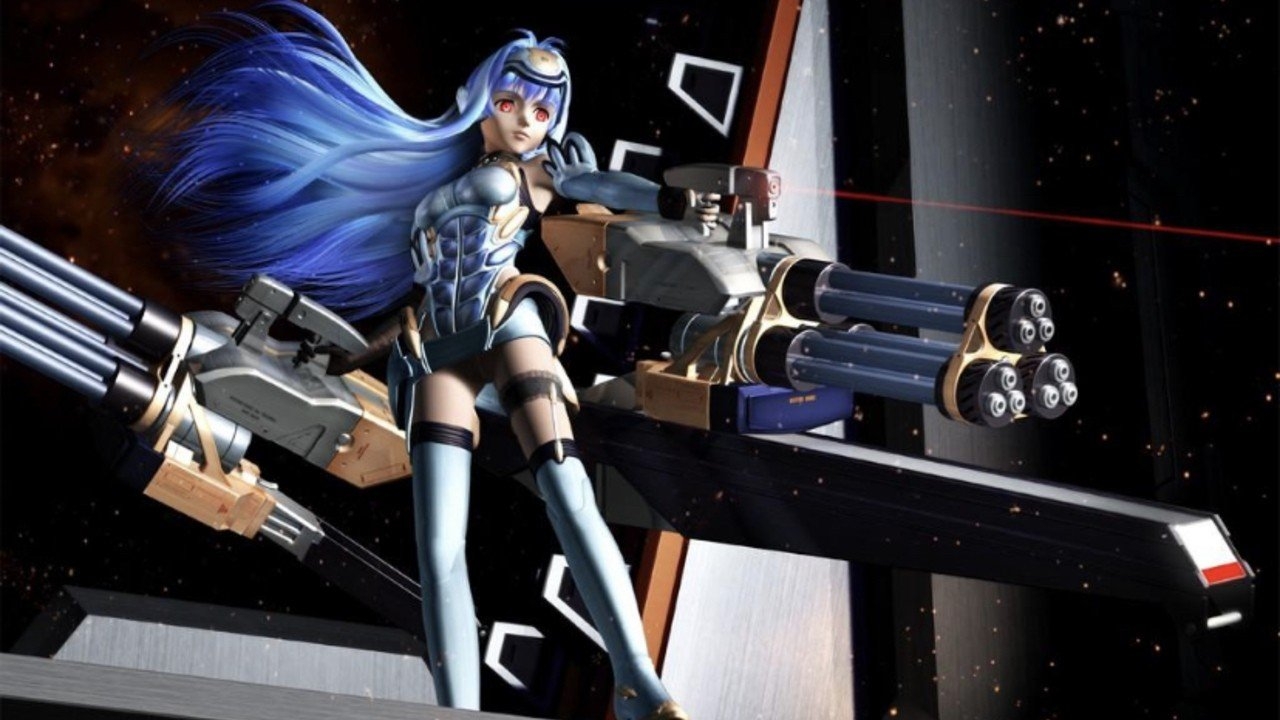
Originally envisioned as a 6 part series, the first Xenosaga would take 2 years and well over a Billion Yen to complete. While receiving praise on its release and reaching a million copies sold, the series as a whole was overshadowed by the vast amount of JRPGs released on the PS2, especially following the merger of Square Enix. As development on the series continued, Takahashi would hand over the project to up and coming members of the studio like Koh Arai and Norihiko Yonesaka who would Direct and Write the Third Episode respectively which ultimately ended up being the final part of the series, while the first game sold well, neither of its sequels would reach the same number, barely selling half. During an Iwata Asks in 2015 discussing Xenoblade Chronicles 3D, Takahashi would express disappointment with how Xenosaga was received and felt the series had underperformed.
While the partnership would start off fruitful, changes in Namco’s upper management would strain the relationship and they weren’t willing to take the risks associated with titles like Xenosaga anymore, it was in 2006 that Namco would merge with Bandai and it was around that time that MonolithSoft would received some consultation from a man called Shinji Hatano, who just so happened to be an executive at Nintendo. A year later, MonolithSoft had broken away from Namco Bandai and became a subsidiary of Nintendo, with them purchasing 80% of the company’s stock. The first game developed under this new partnership was Soma Bringer, a DS RPG that never saw a release outside of Japan, their first game with Nintendo to be released outside their own country would come later that year on the brand new Wii, Disaster Day of Crisis was certainly out of MonolithSoft’s comfort zone and sadly unlike the game itself didn’t set the world on fire, and while it did see release in Europe and Australia in 2008, its US release was cancelled with Nintendo America hotshot Reggie Fils-Aime even slagging it publicly in the press.
It would be another year before we got a taste of MonolithSoft’s next project, unveiled at E3 was a brand new RPG titled Monado: The Beginning of the World. The original idea of the game, people living on the bodies of giant gods, had come to Tetsuya a few years earlier with senior staff excitedly on board with the project, even one executive creating models of the gods with clay. While originally planned to be its own game with no relation to his previous work, Nintendo president Satoru Iwata had the title changed to recognize Tetsuya’s legacy and dedication.
The official release date in Japan wouldn’t be known until early 2010, when it was confirmed alongside another JRPG, The Last Story, which was developed by another Square veteran, Final Fantasy creator Hironobu Sakaguchi and his new studio Mistwalker. At the time, no confirmation that these games would be arriving outside of Japan had been announced and it wouldn’t be for another year until Nintendo of Europe confirmed Xenoblade’s release, several months later The Last Story would also be confirmed alongside Pandora’s Tower, another RPG being developed by Ganbarion.
Meanwhile, Nintendo of America stayed silent.
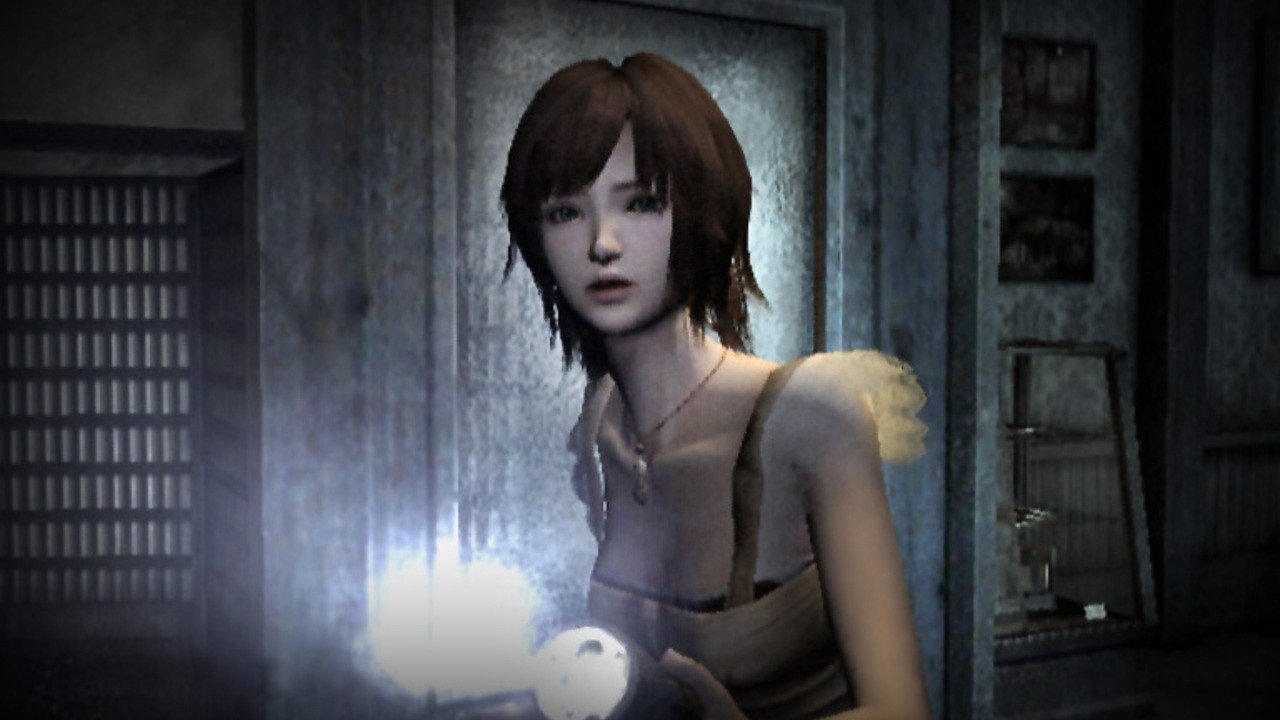
These 3 titles looked to be just the latest games NoA were not willing to touch and would join Fatal Frame 4, Captain Rainbow and the most significant one of all, Mother 3 in the pile of games never to be seen by US audiences. But much like with the Earthbound sequel, fans weren’t going to take it lying down. On the 22nd of June 2011, a post appeared in IGN’s Nintendo Wii forum discussing a mail campaign to bring all 3 games to the US, posted by themightyme, real name Tyson Gifford, this campaign would be called Operation Rainfall. Speaking with co-owner Steve Baltimore, the name came around as the small group of six organizers “felt the Wii had a drought of core titles – not just JRPG games.” It was during this initial campaign that a random user hopped onto Photoshop one morning and designed a logo for the burgeoning campaign, inspired by Final Fantasy logos with even Operation Rainfall translated into Japanese, this work would be picked up by the campaign organisers as their official logo.
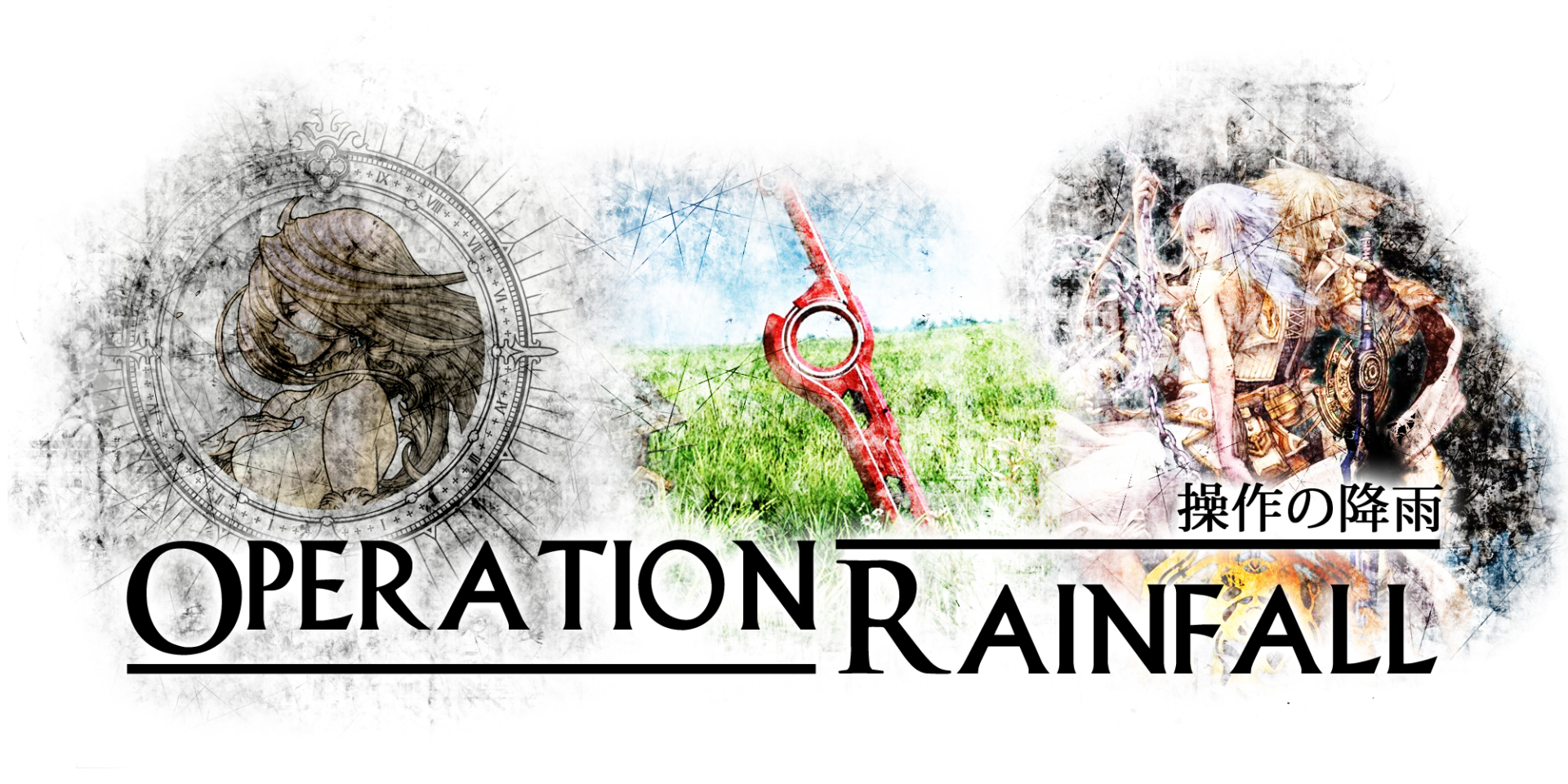
I know this….because it was me.
I will admit, it was far from my best work, I had only been using Photoshop for a few years at that point, but I felt like I was contributing in some small way. As the campaign started making headlines across the internet, Nintendo would actually take notice and proceed to do one of the most bizarre, stupidest and outright cruel things they could possibly do, they got people’s hopes up. For whatever reason Nintendo declared that there would be an update in the near future about the 3 games, only for them to pull the rug from under everyone and announce “Never say never, but right now we have no plans”. Despite fully knowing how desired these games were, Nintendo America still refused to budge and it almost looked like they were actively trying to sabotage the games. After using all their presence at that year’s E3 to push the upcoming Wii U, it’s been reported that Nintendo of Europe were wanting to present Xenoblade on the show floor themselves but NoA stopped them in their tracks.
As the year carried on, the team at Rainfall continued their campaign with almost 50 volunteers at its peak, in October, Reggie would even “take over” the official Nintendo Twitter account to answer questions, only to be completely bombarded with demands to release the games, naturally, these posts were ignored by Reggie in a PR move gone sour, meanwhile, US fans could only look on in envy as Europe was rolling out the VIP treatment for these 3 games with full Collectors Editions announced for all of them, even Club Nintendo got in on the craze with a special coin set for the games. “We were happy they were getting all three games and those collector’s editions!” says Steve “In fact, we felt that Europe getting a localised release would greatly increased the odds of the games being localised here in North America.”
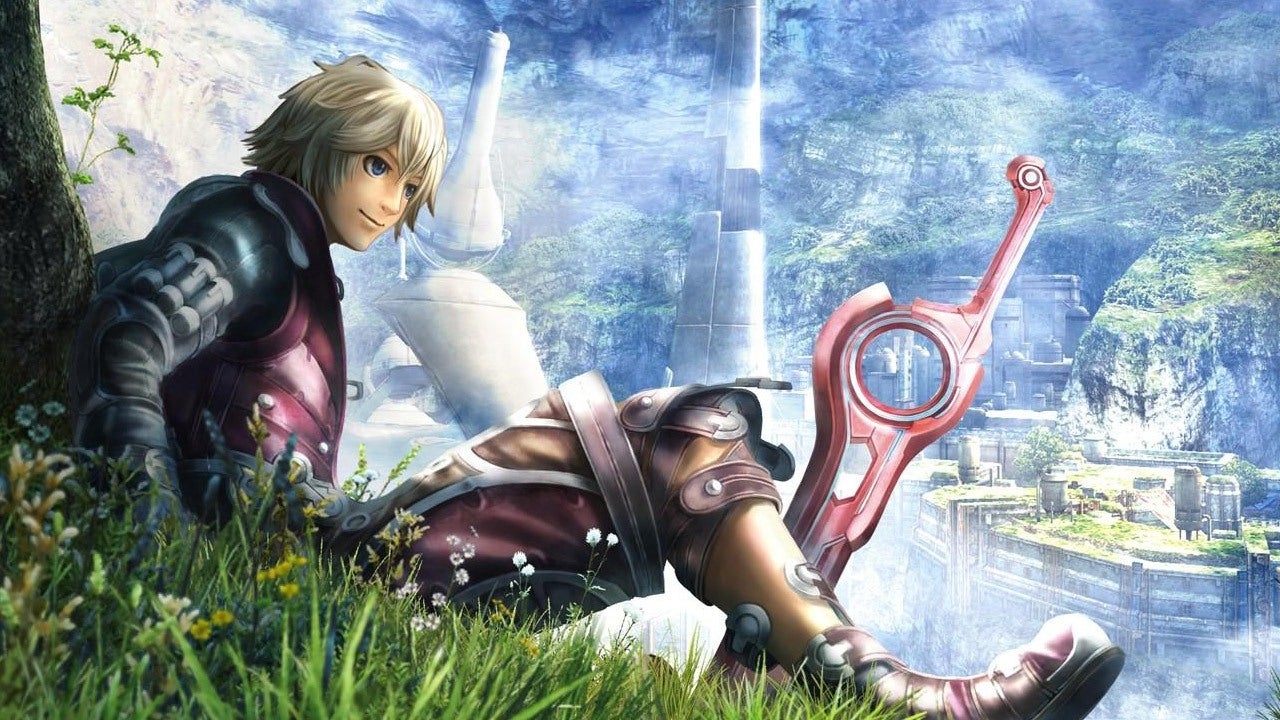
Thankfully, nearing the end of 2011, this story has a happy ending as several weeks later on December 2nd, Nintendo would finally cave and announce that Xenoblade would be released in the US on April 6 2012, as a GameStop exclusive. “We were just elated” said Steve, whether this was GameStop stepping in or Nintendo playing it safe, we don’t know but what we do know is that sales of Xenoblade in the US were two and a half times what they were in Japan. Worldwide the game would sell just under a million copies, now admittedly compared to heavy hitters on the Wii like Mario Kart and Wii Sports it was barely a drop in the bucket, but still, a million copies is nothing to sneeze at.
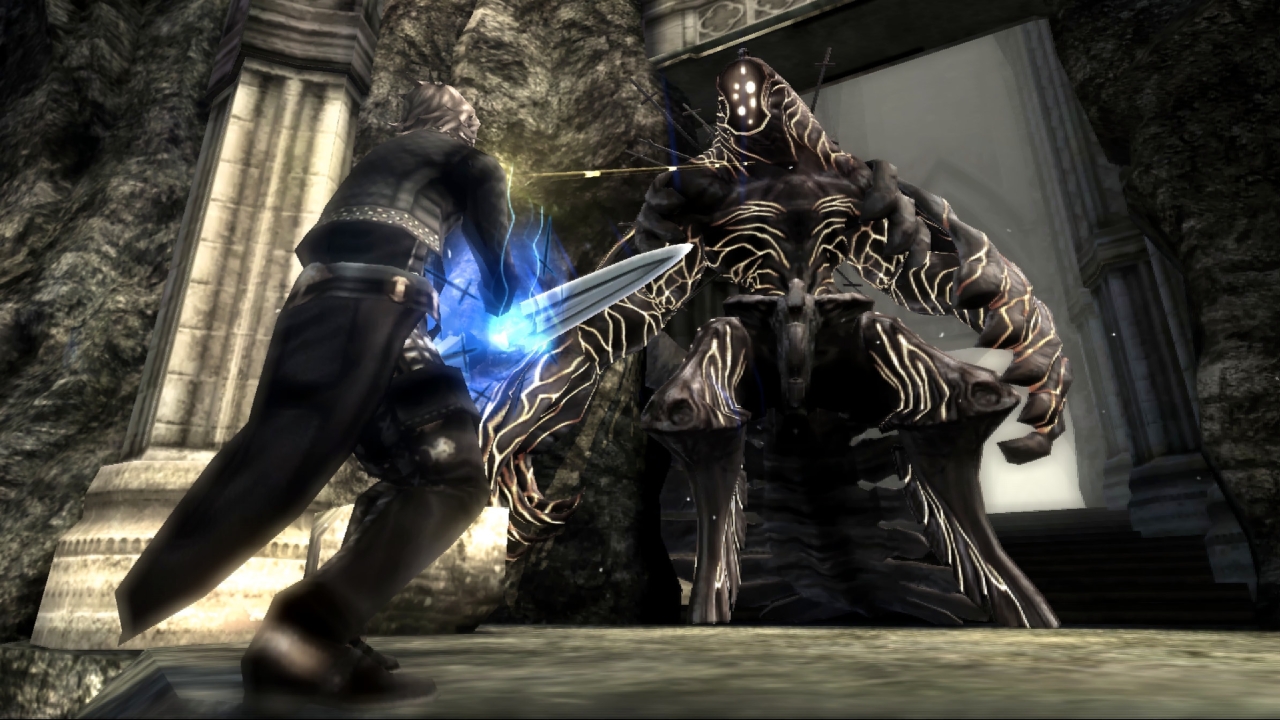
As for the other two games, on the same day as its Europe release, The Last Story was confirmed for a US release thanks to XSEED, a publisher known for picking up more niche Japan-centric titles. This was actually part of the campaign, if Nintendo wasn’t going to publish these games, then pitch ’em to a publisher that would. The campaign actively seeked out several publishers who specialised in the niche including Atlus, Aksys Games, NIS America and of course, XSEED.

For the longest time, Pandora’s Tower looked to be the odd one out, long after the other two had been released and even after the release of the Wii U, it seemed like all hope was lost for the final game. Three months after the new system launch however, XSEED would save the day yet again and release the game in the US that April, the crew at Rainfall had at that time stopped actively pursuing its release and initially thought it was a joke. Almost two years after that initial IGN post Operation Rainfall was deemed a success. Whether it was crucial to the game’s release is entirely debatable, case in point is when Xenoblade was announced for the US, Reggie would swear up and down that the campaign wasn’t a mitigating factor.
The January 2013 Nintendo Direct would end up being a smorgasbord of some of the biggest announcements for the system, including Yarn Yoshi, Shin Megami Tensei vs Fire Emblem (which would end up being Tokyo Mirage Sessions) and the first details of the next Zelda game which would eventually become Breath of the Wild as well as Windwaker HD announced. But at the very end, the first trailer for MonolithSoft’s new project was shown off, while looking a lot like Xenoblade the project was only known as “X” for the longest time before being called Xenoblade X a year later. The game would be released in 2015 on the Wii U, June in Japan and in November for every other region, including America, no write in campaign needed this time.
The two years between the announcement and release of Xenoblade Chronicles X would also see Shulk announced for Smash Bros as well as the original game receiving a port exclusively on the New Nintendo 3DS. Steve mentions how it was completely unexpected to see the game re-released for the New 3DS back in 2015, “There is no greater feeling than to continue seeing the Xenoblade Chronicles franchise succeed with successive re-releases and new entries in the series.”. While both games were well received, neither of them were able to reach the sales of the original, but this could be more attributed to the systems they were released on. Despite that, Xenoblade 2 would be announced in 2017 for the Switch, releasing during the system’s first stellar year, selling just over 2 million copies with a Definitive Edition of the original game released in 2020, complete with a brand new epilogue and now the latest instalment set for release later this year and with the sequel to Breath of the Wild now delayed to 2023, it looks like Nintendo is putting more faith behind Xenoblade than ever before.
I think it’s safe to say that any fears Nintendo had with the franchise have been entirely quashed. When we asked Steve if Nintendo had been wrong when it came to Xenoblade “I don’t think that saying Nintendo was ‘wrong’ is the correct thing to say here. It is more that Nintendo simply miscalculated how many people wanted these types of games here in North America for the Wii. Everyone loves Super Mario Galaxy and the Metroid Prime Trilogy, and Nintendo knows that because they have been making those games and selling those games for decades in North America.
Xenoblade Chronicles, The Last Story, and Pandora’s Tower aren’t like those core Nintendo franchises that have been proven to sell well in the past. Thanks to our campaign, we showed Nintendo that those games will sell here as well on their console.”
After successfully completing their campaign, the original Operation Rainfall ceased to be and would instead become a brand new website now known as OpRainfall, which still operates to this day with Steve at the helm, shining a light on lesser known titles, especially ones from Japan. While Xenoblade has received all the love and appreciation over the last 10 years, the other two have been neglected with no sequels or remasters in sight. Sakaguchi has expressed a disinterest in remastering anything made by Mistwalker and would rather work on new ideas, and Ganbarion has seemingly gone back to working on Shonen Jump titles once again
Steve mentions “Every time we post about a remaster for The Last Story, it gets a lot of social media attention. That is something I would personally love to see as well. The game would be so much better on modern hardware since it pushed the Wii’s hardware to the limit. Pandora’s Tower would be a great remaster as well. I think it would do much better without the tacked-on motion controls, and would of course run more smoothly on modern platforms.”
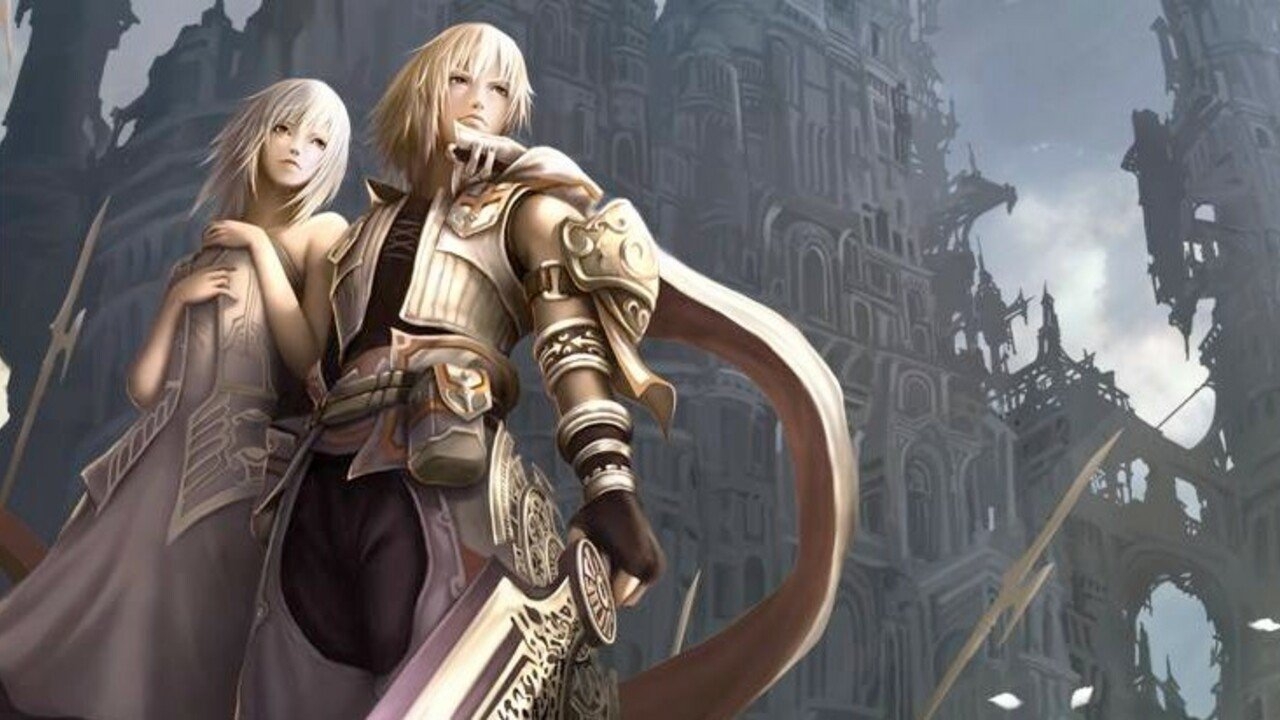
Looking back over the last decade, has Nintendo changed, or at the very least improved? Well the Switch finally ended Nintendo’s long reign on regional lockout, no longer will people have to hack their system just to play the latest imports. They’ve published much more niche titles from smaller developers on the eShop like Good Job (Paladin Studios) and The Stretchers (Tarsier Studios), help save Bayonetta which is now an exclusive to them, and even remake Famicom Detective Club, a cult classic visual novel series that naturally never saw a release outside of Japan.
“The improvement is massive.” commented Steve “There are games of all types, from the most family-friendly indies to the very ecchi Japanese RPGs that people can buy. I would safely say that Nintendo is running the most ‘open’ console platform right now for creators who want to make what their heart desires and to get it out in the world.”
While it was certainly amazing to see these three niche games released worldwide, if you ask any Nintendo fan what would be their Number 1 game to be localised, chances are most would answer “Mother 3”. Steve still holds out hope the someday the game will be released worldwide, pointing out the release of Fire Emblem: Shadow Dragon and the Blade of Light in 2020. “That is nearly a 30 year gap for a game that almost no one had heard of previously, despite the franchise’s growing popularity. Who is to say that Nintendo would not look next to the Mother franchise and bring it to North America next?”
It’s now been a decade since Xenoblade arrived onto US shelves, it’s crazy to think what could have happened had a group of dedicated fans not step up, would Xenoblade become just the latest cult game known only to importers with a fan translation in the works, would there even have been sequels or would MonolithSoft just gone to a new idea. Seeing what Operation Rainfall was able to achieve tells us that with true dedication, anything is possible.
Special thanks to Steve from Operation Rainfall for his time.
The founder and Editor in Chief of UnboxedTV. Nintendo lover and not afraid to admit it, can always go for a good Indie Metroidvania with a nice cold Cider.
